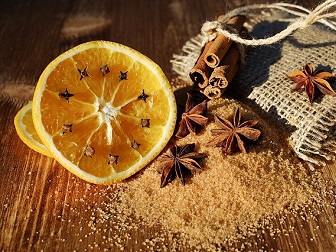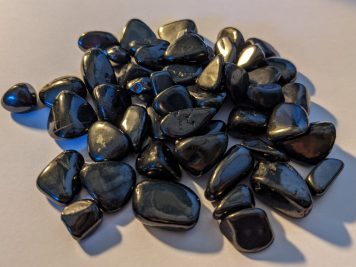
The Winter Solstice celebration, also known as Yule, has its origins in Norse Paganism. The name it was given by modern Druid traditions is Alban Arthan. It is a celebration for new beginnings. This is so because the Sun is returning to us, so it’s a great time to dream big for the coming year and make plans that bring in some brand new energy into our lives.
The word Yule comes from Old English. It’s an ancient word, it even predates the term witch! In Old Norse, jól meant a large celebratory feast. Another way to refer to Yule is Yuletide. The first documented use of this word dates back to the 15th century. The suffix tide, found in the names of other festivals, refers to a period of time that includes a celebration. Ancient Romans called this festival Saturnalia, as it was held in honor of the God Saturn.
Yule also celebrates darkness, given that the period of time it takes place in encompasses the shortest day of the year. This makes it a great time for reflection and Shadow Work. When both introspection and new plans take place during Yule, you will have an excellent year! Yule lasts for a total of twelve days. Ever wondered why the Christmas season is celebrated in twelve days? It comes from Yule!
Some of the traditions associated with Yule include handing out mistletoe and burning logs. The Druids handed out mistletoe to their loved ones to symbolize the connection between the sky and the earth. Mistletoe is also revered because of its protective and healing qualities. They also handed out Holly to repel harmful spirits. Other significant plants associated with Yule are Ivy, a symbol of immortality, Yew, a symbol of rebirth, and Pine for healing and joy. These species of greenery are known as the evergreens.
Pagan people also used to light logs in antiquity because they believed that the smoke would keep evil away and attract good fortune into the household. Not only are the Yule logs themselves significant, Fire in Yule is of utmost importance, as it symbolizes the Sun.
When Christianity started to become prominent in Europe, they appropriated certain Yule rituals as part of the Christmas celebrations. Even the custom of decorating the Christmas tree comes from Yule. In the past, people would bring about greenery from outside and decorate a tree in their house to celebrate the coming fertile seasons. They were hung in the form of wreaths in points of entry in a house, such as doorways and windows.
The best way to take advantage of Yule is to allow ourselves space to expand our inner worlds. Remember that change starts from within! Yule is a great reminder that darkness can’t last forever, and light is always meant to come back. It’s also a great time for loved ones to gather together, an aspect that has been retained by Christianity.









